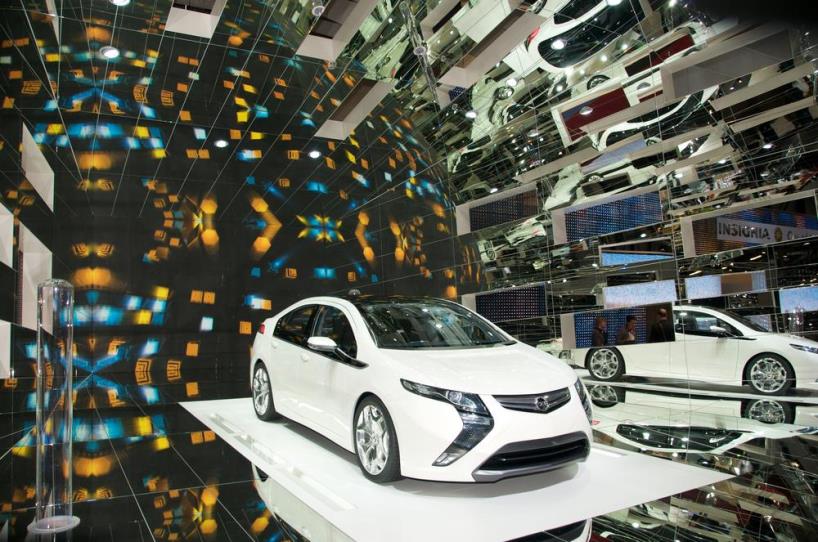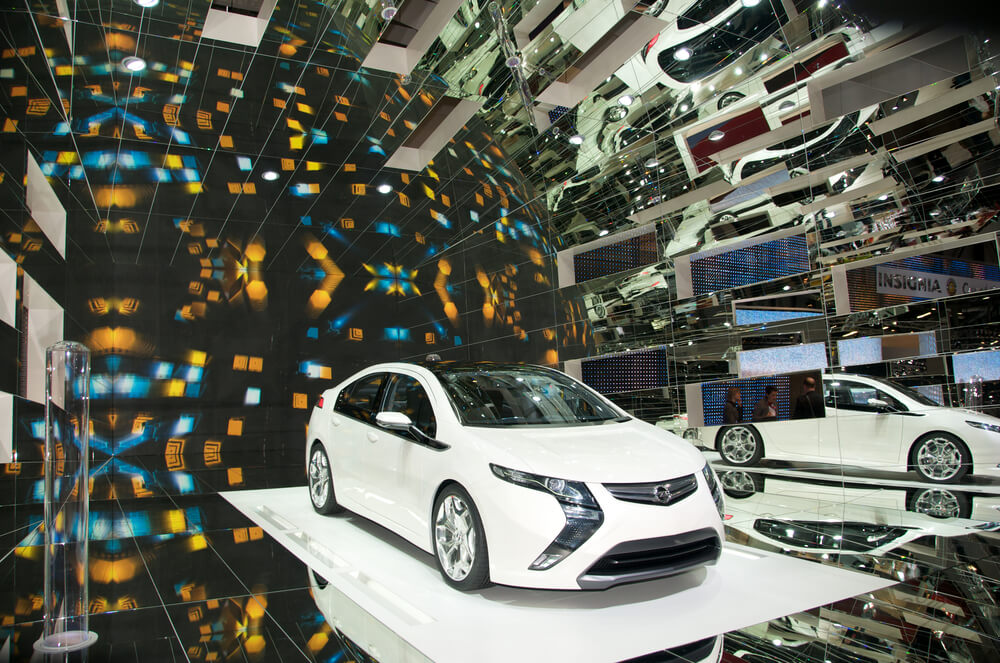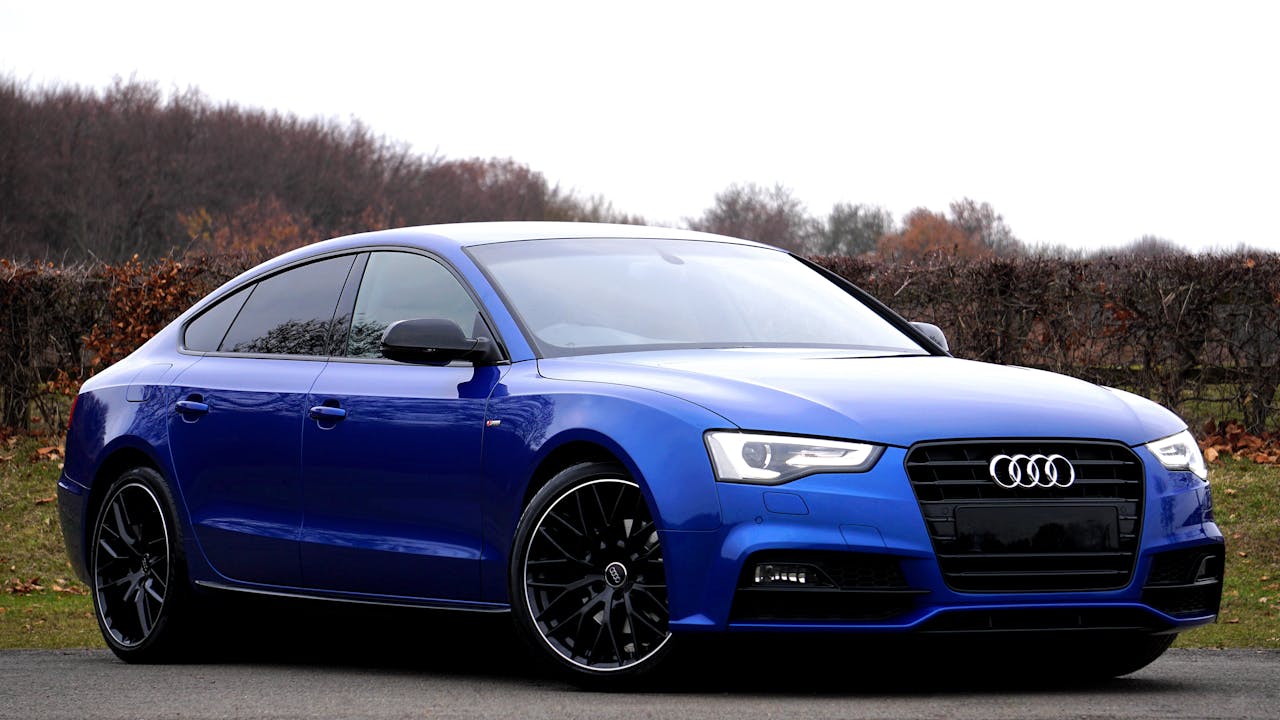
Renault-Nissan to Launch More Than 10 Vehicles With Autonomous Drive Technology Over the Next Four Years
The Renault-Nissan Alliance will launch more than 10 vehicles with autonomous drive technology in the next four years.
The global car group confirmed today that it will launch a range of vehicles with autonomous capabilities in the United States, Europe, Japan and China through 2020. The technology will be installed on mainstream, mass-market cars at affordable prices.
In addition, Renault-Nissan will launch a suite of new connectivity applications that will make it easier for people to stay connected to work, entertainment and social networks.
“Renault-Nissan Alliance is deeply committed to the twin goals of ‘zero emissions and zero fatalities,'” Renault-Nissan Alliance Chairman and CEO Carlos Ghosn said at the Renault-Nissan Silicon Valley Research Center. “That’s why we are developing autonomous driving and connectivity for mass-market, mainstream vehicles on three continents.”
Zero emission and zero fatalities
Renault-Nissan is already the industry’s zero-emission leader by far. The Alliance has sold nearly 300,000 all-electric vehicles since the first Nissan LEAF was sold in the San Francisco Bay Area in December 2010.
Safety and efficiency of vehicles across the Renault-Nissan Alliance have increased dramatically. For instance, fatal and serious injuries in Nissan vehicles in Japan decreased 61 percent in 20 years; fatal and serious injuries in Renault vehicles in France decreased 80 percent in 15 years.
Autonomous drive is expected to help further reduce driver error, which is responsible for up to 90 percent of all fatalities.
2016 will mark the debut of vehicles with “single-lane control,” a feature that allows cars to drive autonomously on highways, including in heavy, stop-and-go traffic. In 2018, Renault-Nissan will launch vehicles with “multiple-lane control,” which can autonomously negotiate hazards and change lanes during highway driving. And 2020 will see the launch of “intersection autonomy,” which can navigate city intersections and heavy urban traffic without driver intervention.












































